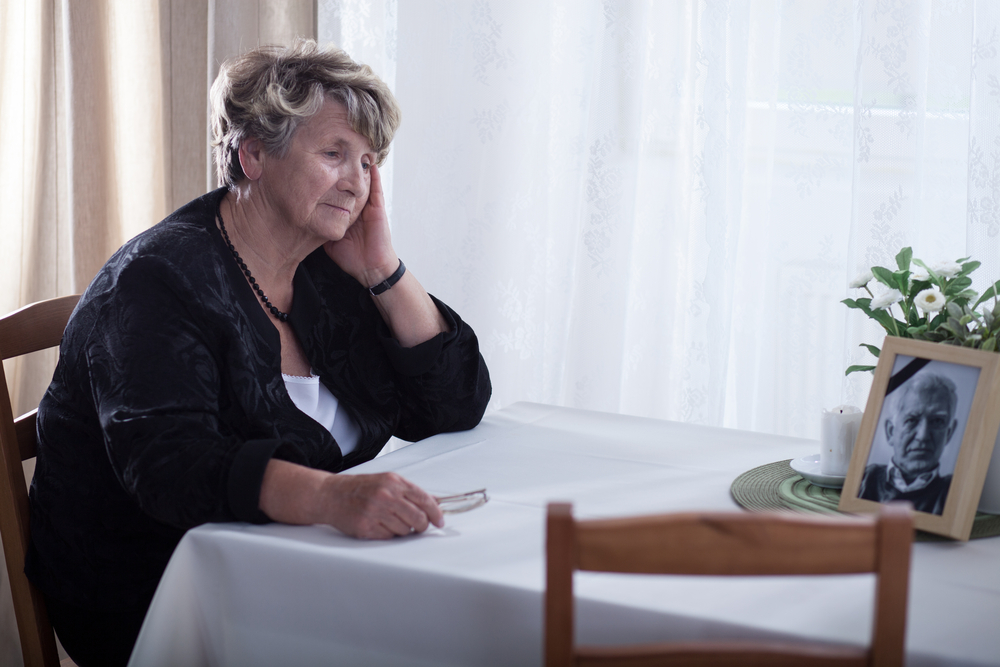Loneliness May Be Early Symptom of Alzheimer’s in Cognitively Normal Older People

A recently published study contends that older, cognitively healthy people who report feelings of loneliness have higher levels of the Alzheimer’s protein amyloid-beta in the brain — a finding that was not linked to depression. The experience of feeling lonely also was not connected to how extensive a person’s social networks really were.
The study, “Association of Higher Cortical Amyloid Burden With Loneliness in Cognitively Normal Older Adults,” published in JAMA Psychiatry, suggests that loneliness may signal the advent of Alzheimer’s disease. But such an idea needs further investigation to understand the brain changes influencing subjective feelings of social isolation.
Researchers at Brigham and Women’s Hospital in Massachusetts recruited 79 older people from the Harvard Aging Brain Study, who underwent brain scans to measure the amount of amyloid-beta.
The participants, of which 55% were women, also were assessed with tools measuring loneliness, anxiety, and social network characteristics. None of the participants had any major psychiatric diseases.
To get an idea of how lonely participants felt, researchers asked them three questions: “How often do you feel you lack companionship?” “How often do you feel left out?” and “How often do you feel isolated from others?”
It turned out that people who had higher levels of amyloid-beta reported loneliness more often, also when taking into account other factors that might have explained the association. For each level of increase in amyloid-beta, the risk of loneliness also increased.
People with amyloid-beta had a 7.5 times greater risk of feeling lonely than those without. Also, a younger age was linked to feelings of loneliness, and taking age into account somewhat reduced the risk of feeling lonely. In those carrying the ApoE risk gene, the association was even stronger.
Incorporating information of patients’ social networks and activities, or variables such as being married or widowed, did not change the results. This suggested that although a person had an extensive social network, feelings of loneliness may still appear — and that may be influenced by amyloid.
Earlier studies have, in fact, shown that loneliness is linked to a smaller volume in certain brain areas, and the authors argue that early Alzheimer’s disease brain changes may trigger feelings of loneliness. But the team did not exclude the possibility that loneliness drives the accumulation of amyloid-beta, or that the two may influence each other in a more complex fashion.
Although depression also was linked to loneliness, it could not explain the association between feelings of desolation and amyloid-beta levels.
In a linked comment, Paul B. Rosenberg, MD, an associate professor at the Department of Psychiatry and Behavioral Sciences at Johns Hopkins University School of Medicine, suggested the findings may open up a new search for Alzheimer’s disease markers.
He argued that loneliness may be the first in a row of neuropsychiatric symptoms that appear in early stages of Alzheimer’s, before any signs of cognitive decline are present. If future research confirms that subjective feelings of loneliness or other behavioral symptoms, can predict Alzheimer’s, this would allow for a less expensive and more easily applied screening procedure than brain scans of amyloid-beta, which are costly and invasive.
Importantly, Rosenberg underscored that finding such symptoms require people to report symptoms or experiences in their own words, as other emotions, such as dread or fear, may not be adequately captured by available questionnaires.






